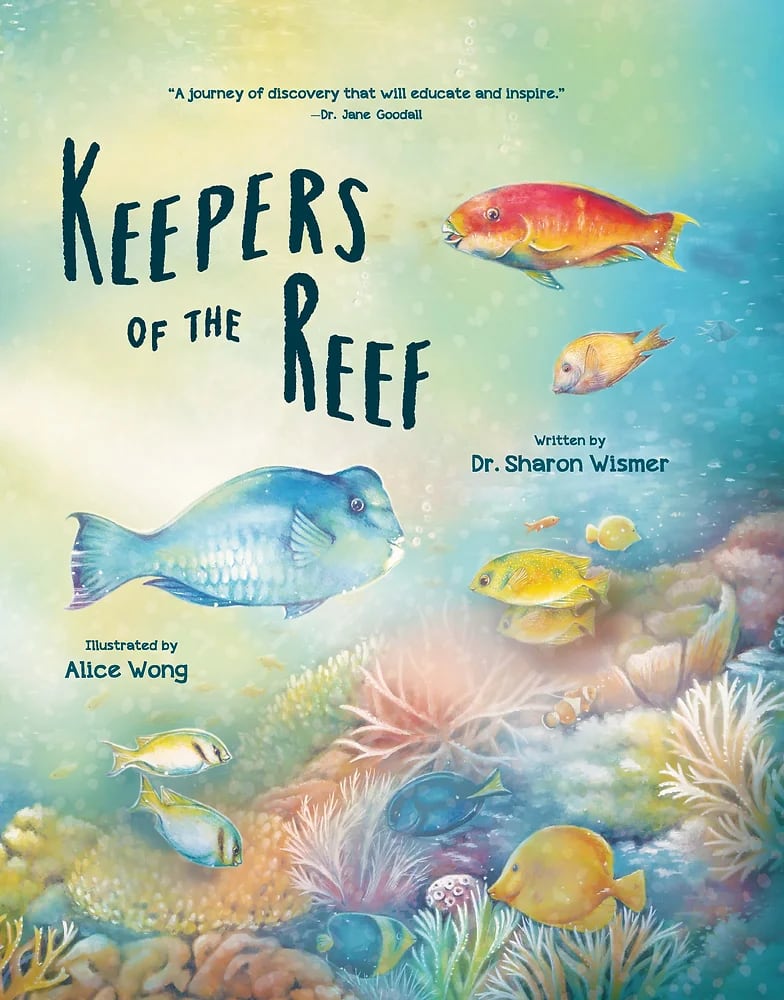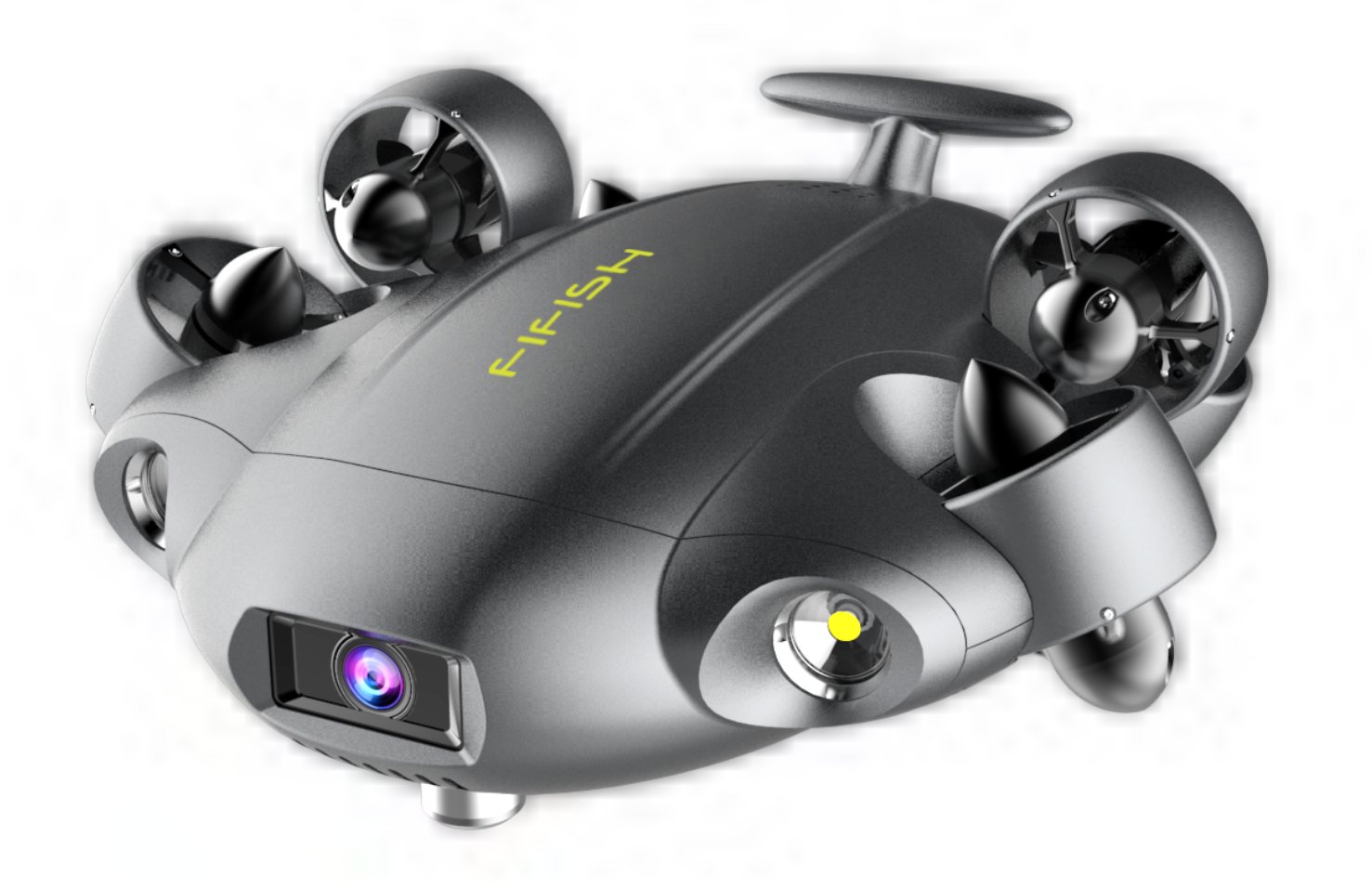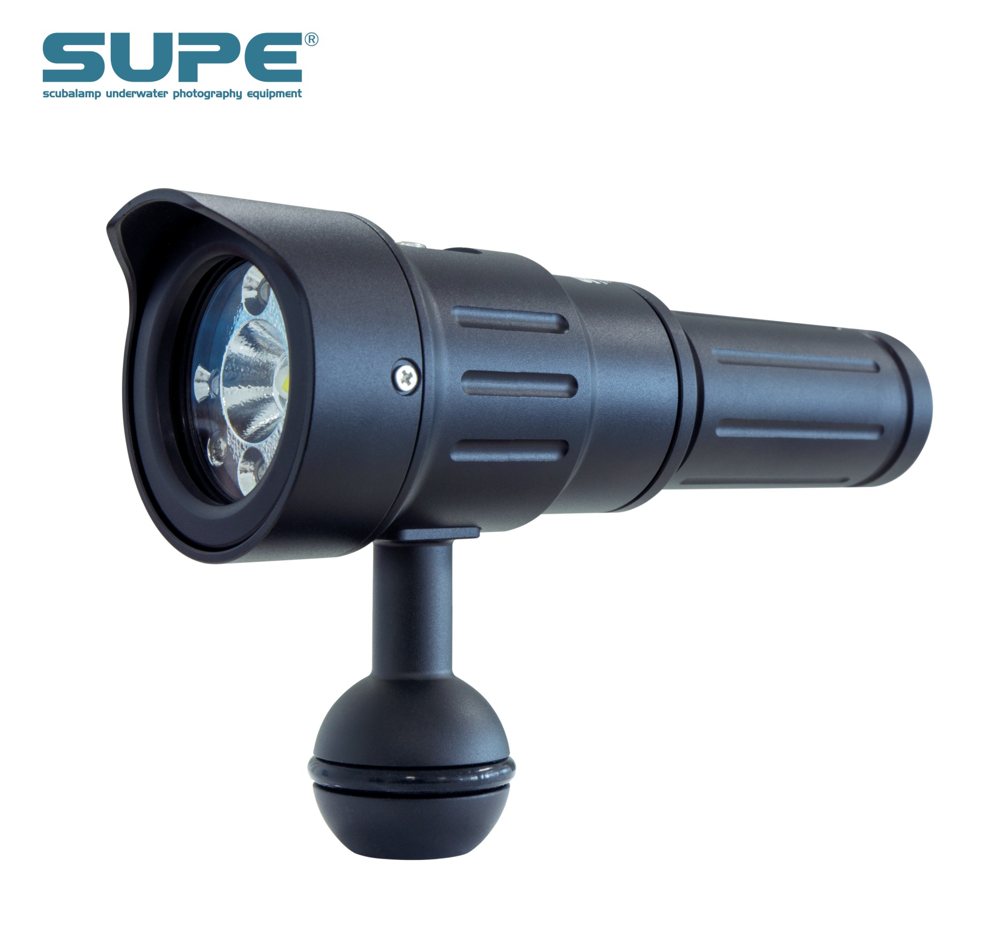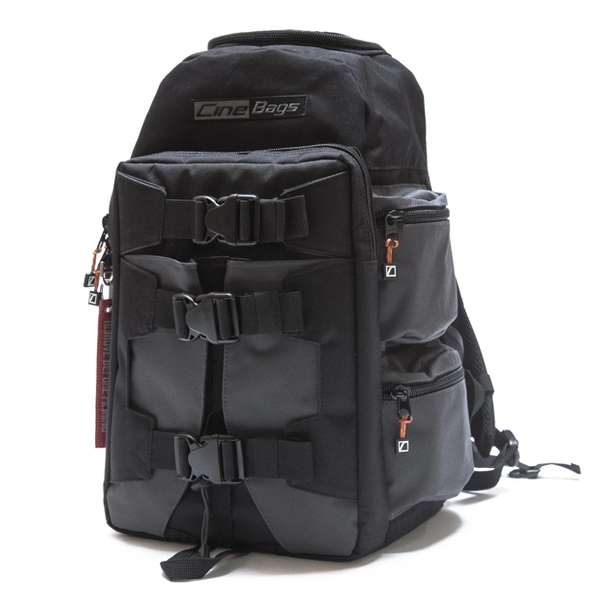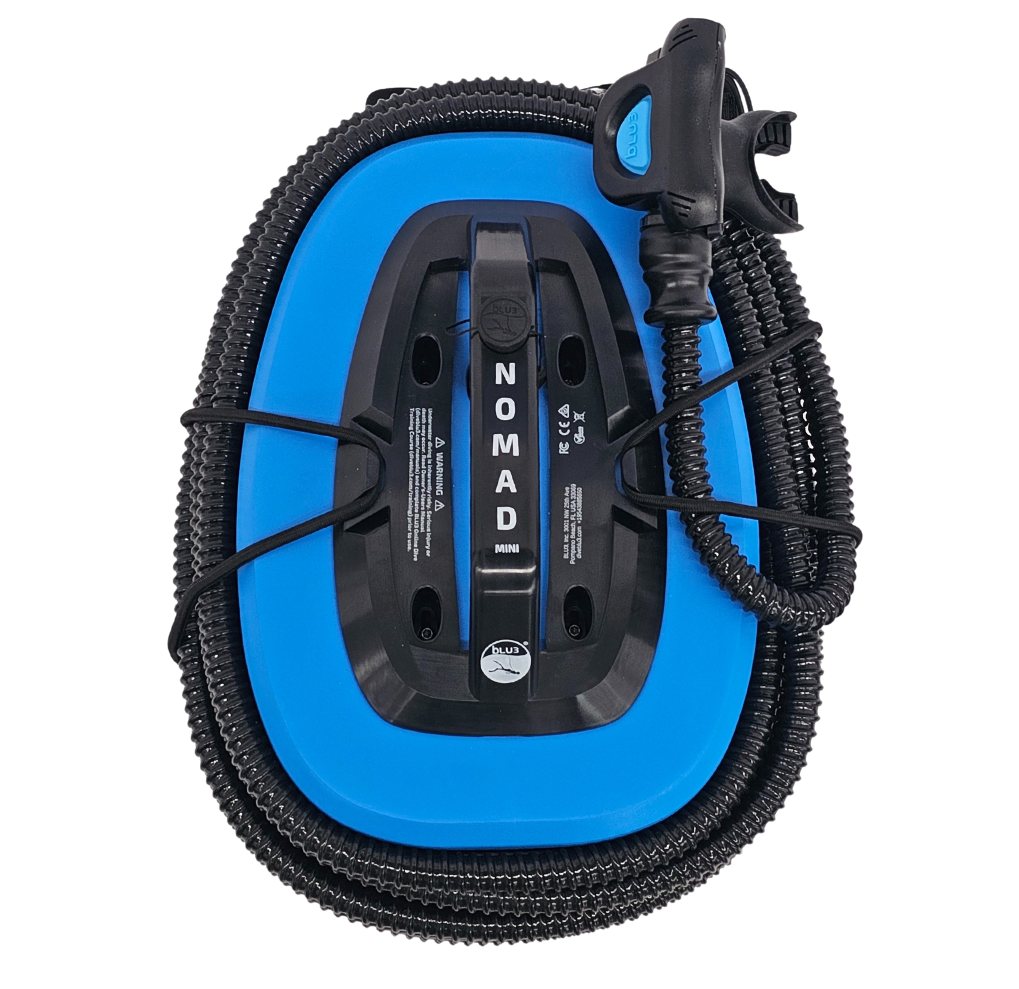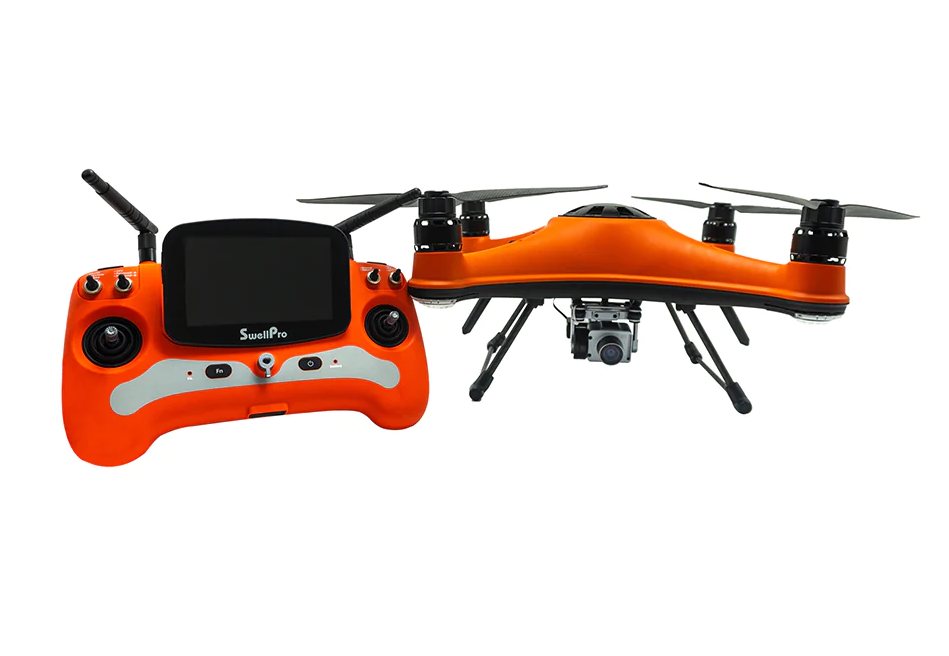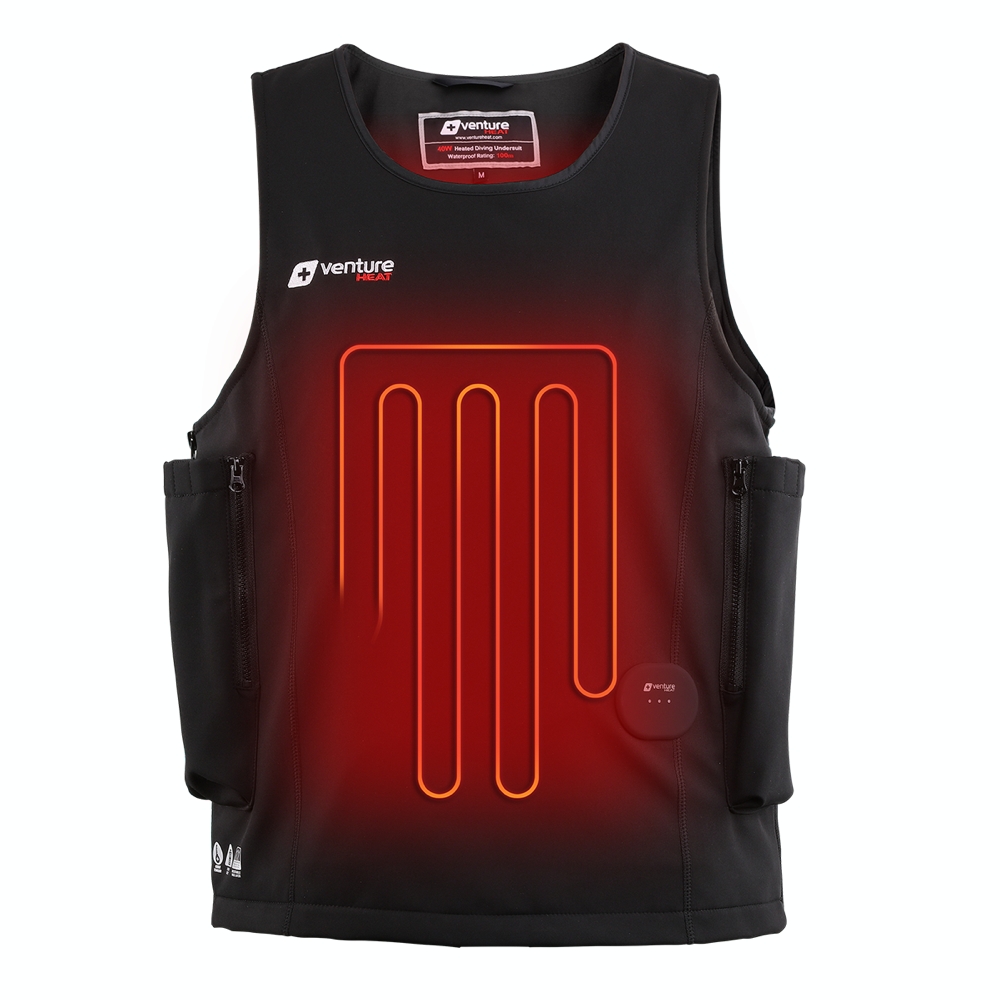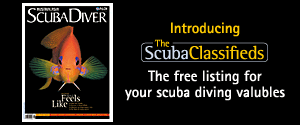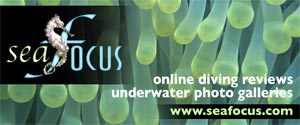- Home
- Directory
- Shop
- Underwater Cameras - Photographic Accessories
- Smartphone Housings
- Sea Scooters
- Hookah Dive Systems
- Underwater Metal Detectors
- Dive Gear
- Dive Accessories
- Diving DVD & Blu-Ray Discs
- Diving Books
- Underwater Drones
- Drones
- Subscriptions - Magazines
- Protective Cases
- Corrective Lenses
- Dive Wear
- Underwater Membership
- Assistive Technology - NDIS
- On Sale
- Underwater Gift Cards
- Underwater Art
- Power Stations
- Underwater Bargain Bin
- Brands
- 10bar
- AOI
- AquaTech
- AxisGo
- Backscatter Underwater Video and Photo
- BLU3
- Cayago
- Chasing
- Cinebags
- Digipower
- DJI
- Dyron
- Edge Smart Drive
- Eneloop
- Energizer
- Exotech Innovations
- Fantasea
- Fotocore
- Garmin
- Geneinno
- GoPro
- Hagul
- Hydro Sapiens
- Hydrotac
- Ikelite
- Indigo Industries
- Inon
- Insta360
- Intova
- Isotta Housings
- Jobe
- JOBY
- Kraken Sports
- LEFEET
- Mirage Dive
- Nautica Seascooters
- Nautilus Lifeline
- NautiSmart
- Nitecore
- Nokta Makro
- Oceanic
- Olympus
- OM System
- Orca Torch
- Paralenz
- PowerDive
- QYSEA
- Scubajet
- Scubalamp
- Sea & Sea
- SeaDoo Seascooter
- SeaLife
- Seavu
- Shark Shield
- Sherwood Scuba
- Spare Air
- StickTite
- Sublue
- Suunto
- SwellPro
- T-HOUSING
- Tusa
- U.N Photographics
- Venture Heat
- XTAR
- Yamaha Seascooter
- Youcan Robot
Dive Bali
Contributed by Andy Taylor
If you ask any visitor to Bali, why they chose Bali as their holiday destination I am sure you will receive many and varied answers including, the culture, the people, the shopping, the nightlife, the stunning scenery. But there is a secret side to Bali that is slowly being discovered by more and more people looking for that something different and exciting! Well, add this to your reasons to visit and explore Bali, "Some of the best Scuba diving in the world". A bold statement but it is true.
The warm tropical waters surrounding the coastline of Bali holds some of the richest and most diverse marine life in the world. Did you know that the Indonesian archipelago makes up nearly 14% of the world coral reefs, over 85,000 square kilometres of living coral reef and by fare the richest 14%. That's more than all of Australia's tropical reefs including the Great Barrier Reef. With Bali located in the centre of this 17,000 island chain it boosts some of the most richly inhabited reef eco systems anywhere on the planet. For example the Caribbean islands are home to only 20 genera of coral and maybe 800 species of fish! Compare that to 80 genera of coral and over 2500 species of reef fish and still counting. Every day new and exciting marine life is being discovered throughout the Indonesian archipelago. It's already proven to be the richest coral eco system and that’s while its still one of the least studied of all the worlds' tropical reef habitats.
If you have never tried exploring the wonders of our planets inner space, Bali is definitely a great place to start. With great dive sites such as Tulamben and Padang Bai offering a perfect location to learn to dive, just meters from the shore you will find yourself in another world, just waiting to be explored.
When you have mastered to basics in the calm sheltered waters with your Instructor step up a gear and go looking for the big marine creatures! No not watching National Geographic from your arm chair, experience it for real, the sensation of flying over stunning reefs, coming face to face with the massive but graceful Manta Ray.
 If
a picture speaks a thousand words try describing the sensation of being part
of the picture. Put yourself in this picture! Drifting weightlessly over brightly
coloured reefs, a school of a hundred silver Jacks spiralling in circles so
close you can nearly reach out and touch. Immerse yourself with thousands of
stunningly coloured reef fish making a kaleidoscope of colour before your eyes.
Your dive guide and you just drift along with the current trying to take in
the abundance of marine life going about its business in these clear blue waters.
Suddenly the dive guide points to the distance, and slowly from the blue horizon
you can make out the large unusual shape of the Mola Mola (Oceanic Sun Fish).
Together you hover over the reef drop off as these rare and unusual looking
creatures from the deep come up to the shallows to get a clean from the resident
cleaner fish. Yes it's the full works spa treatment for these gentle giants
and you have a ringside seat. It's not until your back on the boat enjoying
a cold drink with your fellow divers that the instructor informs you that Bali
is one of only a few places in the world you can see these amazing creatures.
You have just joined a very small group of people in the world that has had
the privilege of seeing a Mola mola.
If
a picture speaks a thousand words try describing the sensation of being part
of the picture. Put yourself in this picture! Drifting weightlessly over brightly
coloured reefs, a school of a hundred silver Jacks spiralling in circles so
close you can nearly reach out and touch. Immerse yourself with thousands of
stunningly coloured reef fish making a kaleidoscope of colour before your eyes.
Your dive guide and you just drift along with the current trying to take in
the abundance of marine life going about its business in these clear blue waters.
Suddenly the dive guide points to the distance, and slowly from the blue horizon
you can make out the large unusual shape of the Mola Mola (Oceanic Sun Fish).
Together you hover over the reef drop off as these rare and unusual looking
creatures from the deep come up to the shallows to get a clean from the resident
cleaner fish. Yes it's the full works spa treatment for these gentle giants
and you have a ringside seat. It's not until your back on the boat enjoying
a cold drink with your fellow divers that the instructor informs you that Bali
is one of only a few places in the world you can see these amazing creatures.
You have just joined a very small group of people in the world that has had
the privilege of seeing a Mola mola.
If its beauty, adventure, serenity you seek look no further than the stunning
diving available to you here in Bali.
Not so long ago the drive to Padang Bai was a traffic clogged 60 klm taking
up to two hours by mini bus from the tourist centres of the south. Today the
new bypass road from Sanur runs all the way past Gianyar and on toward Klungkung,
making the journey a just over an hour. This has greatly helped the port town
of Padang Bai attract more divers and dive stores to use it as the gate way
to the majority of Bali's great east coast diving.
From the beach front in Padang Bai, divers are a short 30 minute boat ride to Nusa Penida with the Sunfish and Manta action offered along its current swept shores. A 5 minute boat ride could have you descending onto the sand flats of Blue Lagoon ready to search for those elusive frogfish or the smiling crocodilefish resting upon the sand bottom. A good site for novice or experienced diver alike, Blue Lagoon can also offer the non diver in the party a chance to snorkel over the shallow reefs around the scenic little bay.
A 20 min boat ride and the right sea conditions can have the adventurous diver taking on the swirling currents of Tepekong and Gili Mimpang. Not dives for the inexperienced but also dives that must be experienced. Entering the shark cave and watching at no more than an arms length away 5 or more, small white tip reef sharks resting up in the cave crevasses. The swell can be challenging here but if conditions allow you to enter the cave and view the sharks and Crayfish hiding here, it is a great buzz for any diver. This dive is often followed by a drift dive along the spectacular coral walls of Gili Mimpang. Here the schooling fish life makes a frenzied scene as you effortlessly are pulled by the currents surrounding these islands, keep an eye on your dive guide because his knowledge of the currents are vital. Look up to the swell swept reefs tops and maybe your see a couple of large white tip reef sharks patrolling there domain. No wonder their smaller brother and sisters are hiding out in the caves close by, these sharks are as big and fat as any white tips as your ever likely to see. The marine life surrounding these island is profuse and diverse with aggregations of sweatlips, rainbow runners, big eye trevally, morish idols and sleek unicorn fish all battling the cold nutrient rich currents sweeping over these rocky outcrops. The waters can be surprisingly cold and the conditions challenging but the teeming fish life makes it well worth the effort.
 Then
there is Tepekong Island with its steep coral walls and cold waters dropping
occasionally as low as 19 °C! Make sure you're armed with a full wetsuit
when diving these islands. Amazing that just further up the coast you can be
languishing in a balmy 28°C but here the cold up welling of nutrient rich
water from the deep can really put a chill in the water. With the right wet
suit this is no problem and the array of marine life makes these dive sites
rather special and spectacular on the right day. Some have said that these islands
offer some of the best diving in all Indonesia (no small boast), but they are
far from easy dives. Another fine reason to select your dive operator well,
experienced guides and attention to safety is a must when trying to dive here.
The weather conditions and currents mean these dive sites are not always accessible
so don't be too disappointed if you can not dive here the day you want. But
if you are around for a few days and get the chance the diving is simply world
class and something defiantly to have written up in your log book of dives here
in Bali.
Then
there is Tepekong Island with its steep coral walls and cold waters dropping
occasionally as low as 19 °C! Make sure you're armed with a full wetsuit
when diving these islands. Amazing that just further up the coast you can be
languishing in a balmy 28°C but here the cold up welling of nutrient rich
water from the deep can really put a chill in the water. With the right wet
suit this is no problem and the array of marine life makes these dive sites
rather special and spectacular on the right day. Some have said that these islands
offer some of the best diving in all Indonesia (no small boast), but they are
far from easy dives. Another fine reason to select your dive operator well,
experienced guides and attention to safety is a must when trying to dive here.
The weather conditions and currents mean these dive sites are not always accessible
so don't be too disappointed if you can not dive here the day you want. But
if you are around for a few days and get the chance the diving is simply world
class and something defiantly to have written up in your log book of dives here
in Bali.
The choice of possible dive sites and the contrasting variety of dives available from Padang Bai has led to a boom in the number of dive shops and restaurants along its sandy beachfront. Wanting a weekend away from the hectic pace of Kuta! Or a full action packed diving vacation but without roughing it on the accommodation front ! Look no further. Now through new custom built dive facilities divers can access quality accommodations for individuals or groups of divers wishing to be based out of Padang Bai. New, spacious air conditioned rooms over look the beach with satellite TV and DVD players in each room, a well stocked mini bar and a selection of wines are making a few nights stay here much more comfortable. For divers wanting access to most of the great diving Bali has to offer while enjoying some of the finer comforts in life between dives Padang Bai is proving a great option. With nitrox air fills available on site, dive equipment retail and an air conditioned coffee shop, a stop over is a great way to get the best out of any dive trip. A selection of restaurants along the beach front offering great seafood, pizza and much more mean you won't go hungry during your stay.Wether for a weekend break or a full diving vacation, Padang Bai is the gate way to some of Bali's best dive sites.
The soothing and rhythmic sounds of the waves gently rolling over the gobbled stone beach of Tulamben Bay, cooled by a refreshing afternoon sea breeze while relaxing with the satisfying memories of a great days diving. Two amazing dives in Tulamben, one on the coral encrusted wreck of the "Liberty" and the other at the tip of the bay, a dive site known as the "Drop off". Tulamben is now the most famous diving area in Bali if not all of Indonesia and if you pay it a visit and simply dive off the beach you will see why.
Tulamben is located on the North East coast of Bali about 3 hours from the frantic pace of Kuta and only 1.5 hours drive from Padang Bai. This sleepy little village has become the heart of diving in Bali, wether it's a day trip diving from your Kuta hotel or a longer stay in one of the many small resorts on the water front, it's a trip any diver must make. If it's your first dive ever, this is an ideal location for Discover SCUBA diving or if you want to learn some photography tips from some of the worlds leading underwater photographers that regularly visit Tulamben. The wreck of the "Liberty" alone is a must for any diver, having been submerged for over forty years now it is home to a profuse coverage of gorgonian fans, sponges and black coral.
The marine life is so rich, varied and diver friendly, one dive is never enough to simply start to appreciate to world class dive you are visiting. On arrival you register at the village run divers car park located close the wreck dive site. At one end of the bay you will see the fleet of brightly coloured traditional fishing boats "jikungs" that rest on the cobbled beach beneath the overhanging trees.
When diving here your dive operator will pay a small tax to the local village for every dive, this is included in your dive package. This money ensures that the local people directly benefit and thus protect the stunning marine environment on their door step. Unlike most small taxes levied against you this is value for money for not only do you get to help conserve this area but your tanks are carried by a porter to the exact part of the bay you want to dive. Now this is a little luxury divers could get very used to. As I ungracefully pick my way down the cobbled beach to the dive site some smiling young girl not weighing much more than my dive equipment balanced on her head strides confidently in front wearing only her tattered flip flops on her feet. Now if you are feeling a bit guilty about this service you have no choice, every diver visiting the area must use the porter service, so get used to it, I have. Once you have traversed the 100 meters or so to your selected dive site carrying only your fins and camera it is but a simple beach entry into an amazing underwater world to be found on this dramatic black sand bay. I am sure the dark sand background helps to contrast the neon colors of the reef fish here making them even more dramatic than usual.
Standing here on the cobbled stone beach of Tulamben Bay its hard to believe that just 40 meters from the beach below these calm blue waters lies one of the best and safest wreck dives to be found anywhere in the world. The wreck of the "US Liberty" is probably the most famous and popular dive site in all of Bali and for good reason, not only is their a 120 meter wreck just off the beach but it is swarming with tame and curious marine life.
The "Liberty" was a freighter conscripted into war time service carrying war materials from Australia to aid the allied effort in the Philippines. Travelling as part of a convoy of ships through the Lombok Strait it was torpedoed by the Japanese submarine I-166 in the early hours of January 11th 1942. Although badly crippled the Liberty remained afloat and was taken under toe by two accompanying destroyers in an effort to get it to Singaraja where it was hoped it could be repaired. The Liberty was taking on too much water and was eventually beached in Tulamben bay where it sat for the next twenty years. Then in 1963 the highest and most holy of all mountains in Bali, Gunung Agung erupted causing powerful earthquakes that rolled the beached ship to her final resting place below the calm waters of Tulamben Bay.
Today over 40 years after the "Liberty" was pushed below the seas she has become a heaven for a vast diversity of marine life and a simply breath taking dive experience to be enjoyed by all levels of divers. The "Liberty" is wreck diving as it should be, no boat needed just a simple swim but meters from the shore and there she lies and fish life! You just have to see it to believe it!
So you have waddled into the water over the cobbled stone shallows and now you descend a couple of meters and slowly start to swim down the black sand slope. The stones give way to the dark sands at about 5 meters and then the greeting party of fish charge forward as if the dinner bell has been sounded. The Wrasse and Goatfish fight for your attention with the larger Rudder and Surgeon fish all keen to seek out any food you disturb from the sea floor with your fins. These fish have hosted more divers than all the PADI dive shops in Bali over the years and friendly or tame is an understatement to describe the welcome you receive from these marine creatures. Once you run the gauntlet of the welcome party you notice the tens of whip like Sand eels swaying in unison about 50cm out of their borrows. Then as you get closer to them they retreat effortlessly back to their dens leaving not a trace of the garden of eels you witnessed but seconds before.
As you reach 8 – 10 meters there before you stands the dark shape you the wreck, 120 meters of twisted coral encrusted steel laying in some of the most accessible and fertile waters in the entire Indo-Pacific. Sweetlips lay close to the sand in just 8 meters of water, unicornfish, batfish, angle fish and huge schools of big eyed jack swirl around you during the dive. It gets difficult with a camera to focus of one subject without others trying to push into the frame and have their picture taken as well. If you are bringing a camera make it a digital and have plenty of memory because this is one dive you do not want to run out of shots on, there is so much to film when diving on the "Liberty".
Once you round the stern of the ship you notice the large Gorgonians, brightly coloured soft corals and sponges covering most every surface of the wreck. Cruise the deeper seaward side of the wreck you can look up and see the silhouettes of thousand of fish hovering above you, if you’re lucky you may meet the Giant Napoleon Wrasse and Bump Head Wrasse that have made this their home. As you enter the cargo hold of the ship look up and see the ball of schooling big eyed jacks and possible the biggest Barracuda you will every come across eyeing you with his big toothy grin.
Look to the many crevasses and holes and you may see a pair of large potato Cod or giant grouper hiding, the stunning electric blue colours of the Emperor Angle fish majestically weaving their way through the wreck. Now if you can pull your eyes away from the array of marine life swimming over the wreck and take a closer look and another world of weird and wonderful marine life awaits your attention. Now here is where an experienced dive guide is a must, he will be able to find and point out the most well camouflaged critters that you may simply drift on past. The many and varied coloured nudibranchs , the ever illusive Ghost Pipefish, grumpy looking Frogfish waddle with their fins like legs across the steel encrusted hull of the liberty. Lionfish hover gracefully with their outstretched feather like spines waiting to pounce with lightening speed on an unsuspecting pray that ventures too close. We have only just scraped the surface of the many and varied critters that have made this wreck home, I can honestly say that not matter how many times I have dived the "Liberty" I always find something new to see on every dive.
 Over
the years of diving Tulamben bay I have marvelled and wondered at the absolute
diversity and richness of the marine life to be found in this small bay. I have
been told many reasons why this one area should be so rich in marine life but
here a just a few of the more scientific reasons I believe this is a divers
paradise. Tulamben bay receives a plankton rich flow of water from both the
Pacific and Indian Oceans coming directly from the main branch current of the
Indonesian Through flow that runs between Bali and Lombok. This area of Bali
is mainly dry and thus has little problems with run off and silt the location
is but eight degrees above the equator and is located in the richest marine
bio-geographic zone in the world. These factors can account but some way into
why this single bay is home to more species than the entire Hawaiian chain!
Over
the years of diving Tulamben bay I have marvelled and wondered at the absolute
diversity and richness of the marine life to be found in this small bay. I have
been told many reasons why this one area should be so rich in marine life but
here a just a few of the more scientific reasons I believe this is a divers
paradise. Tulamben bay receives a plankton rich flow of water from both the
Pacific and Indian Oceans coming directly from the main branch current of the
Indonesian Through flow that runs between Bali and Lombok. This area of Bali
is mainly dry and thus has little problems with run off and silt the location
is but eight degrees above the equator and is located in the richest marine
bio-geographic zone in the world. These factors can account but some way into
why this single bay is home to more species than the entire Hawaiian chain!
If you are already a diver or have never tried it before, a visit to Tulamben underwater world is a must do if you want to experience one of the best and most profuse marine environments left in the world.
Bali's hidden secret below the waves offers you but another reason to visit this magical paradise and unlike many of the other top dive destinations in the world when you have finished your days diving there is still plenty to do and enjoy during a dive vacation to Bali.
Shopfront
-
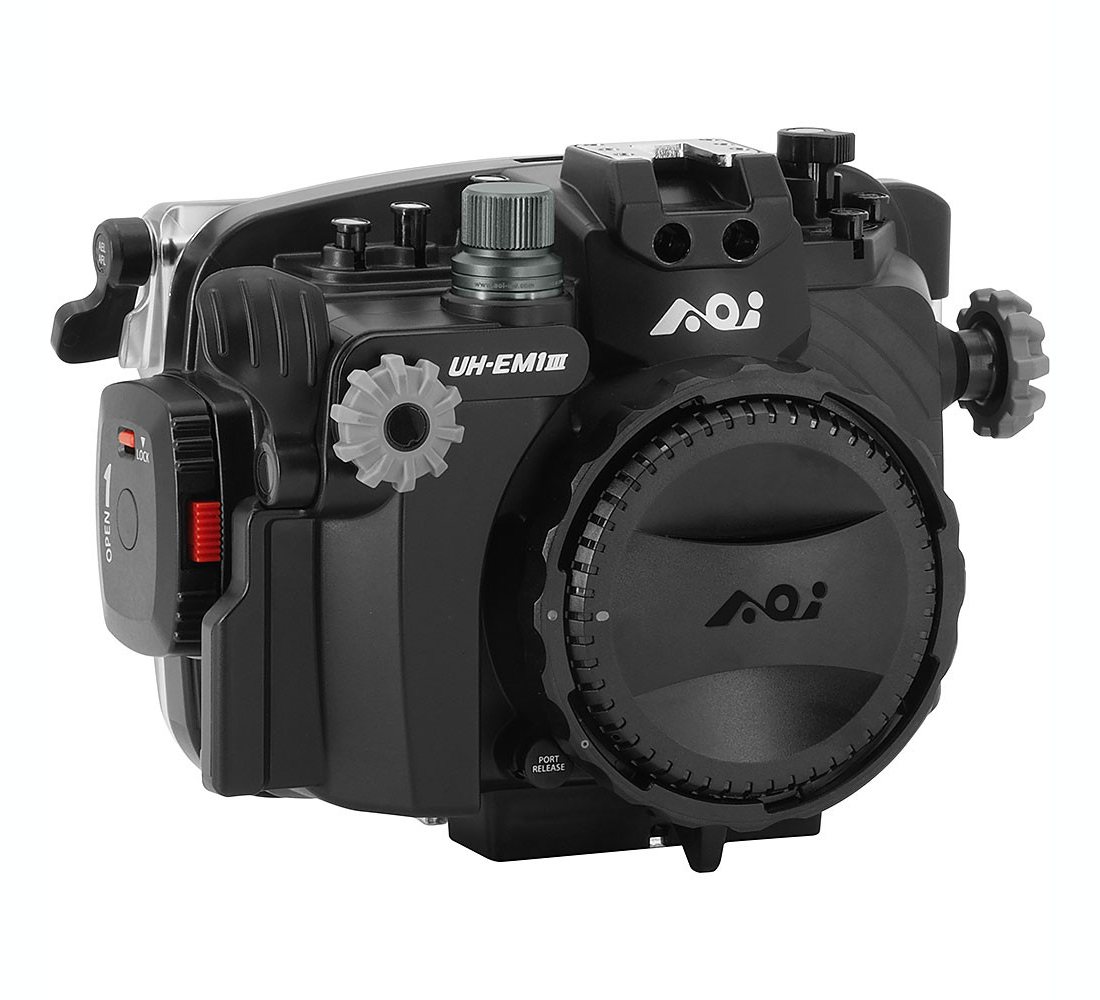 AOI UH-EM1III Underwater Housing for Olympus OM-D E-M1 II & III
AOI UH-EM1III Underwater Housing for Olympus OM-D E-M1 II & III
- Price A$ 1,699.00
-
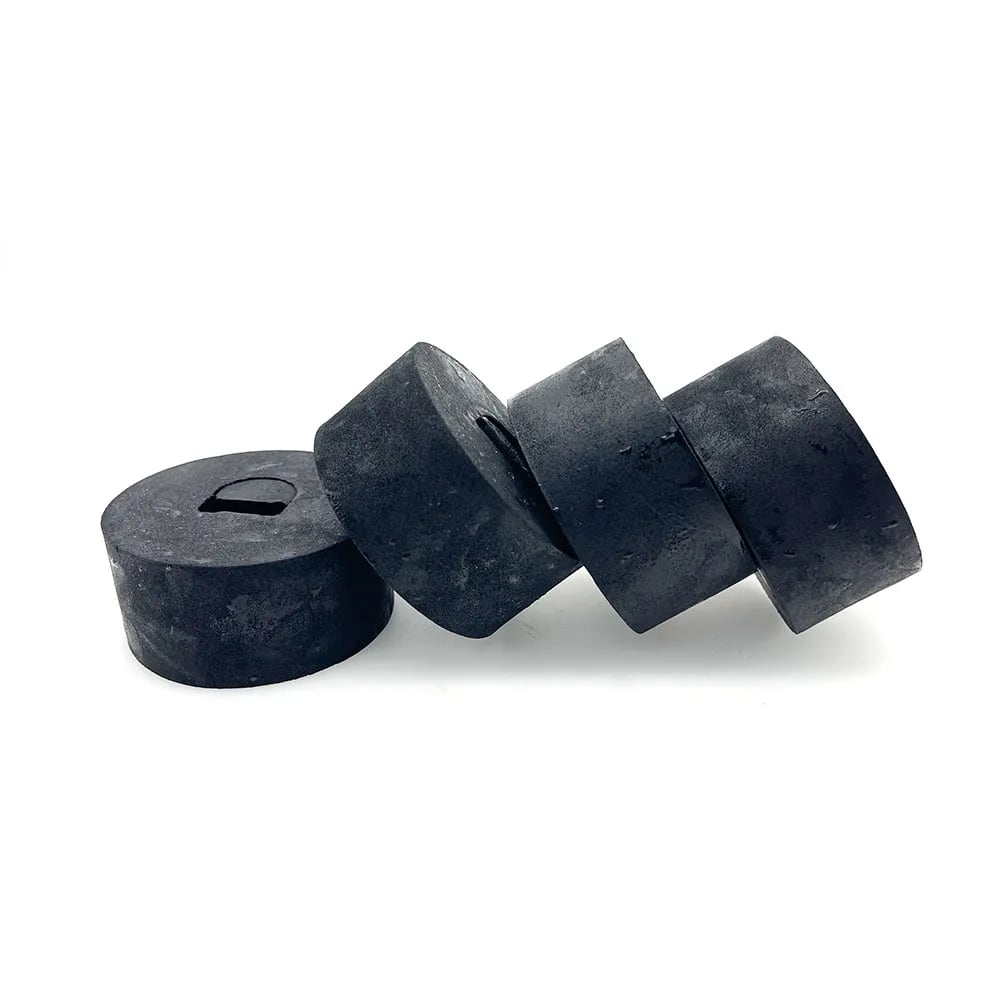 Nitescuba Float Block FAXS/FAXM
Nitescuba Float Block FAXS/FAXM
- Price A$ 59.95
-
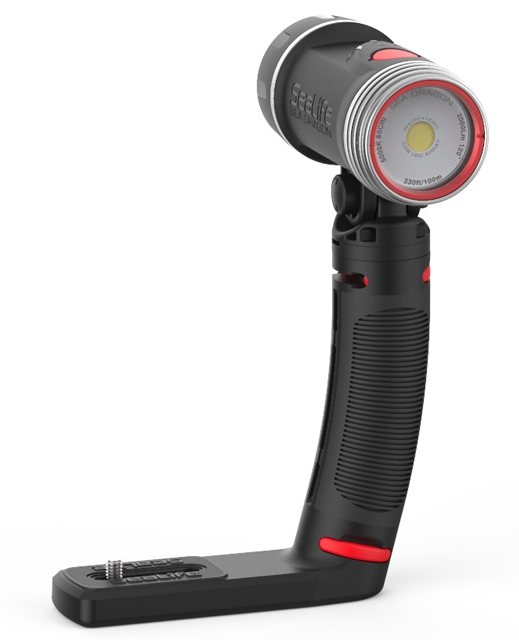 Sea Dragon 2000F Photo/Video Light - GoPro® ready
Sea Dragon 2000F Photo/Video Light - GoPro® ready
- Price A$ 539.00
-
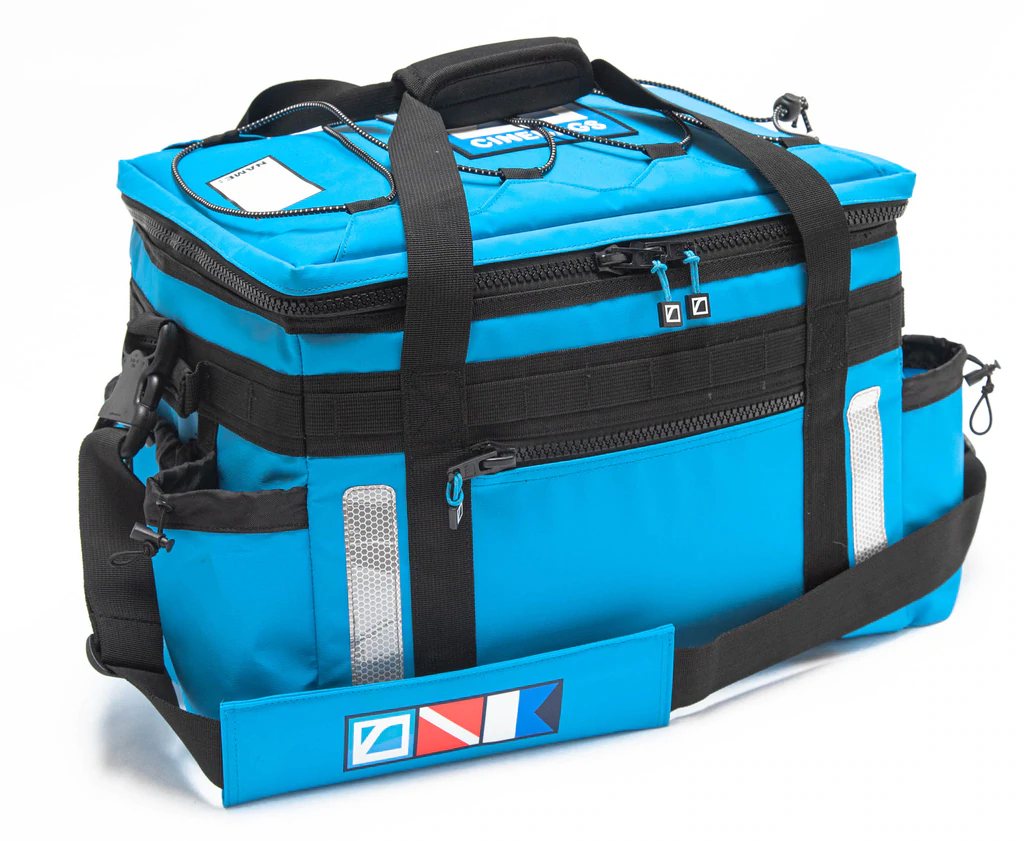 CineBags - CB80 Square Grouper XL
CineBags - CB80 Square Grouper XL
- Price A$ 365.00
-
 Fotocore M15 PRO Photo/Video Light - 15,000 lumens
Fotocore M15 PRO Photo/Video Light - 15,000 lumens
- Price A$ 1,999.00
-
 Scubalamp V4K V3 Movie Grade Photo/Video Light - 8,000 lumens
Scubalamp V4K V3 Movie Grade Photo/Video Light - 8,000 lumens
- Price A$ 699.00
-
 Insta360 X4 Invisible Dive Case
Insta360 X4 Invisible Dive Case
- Price A$ 169.00
-
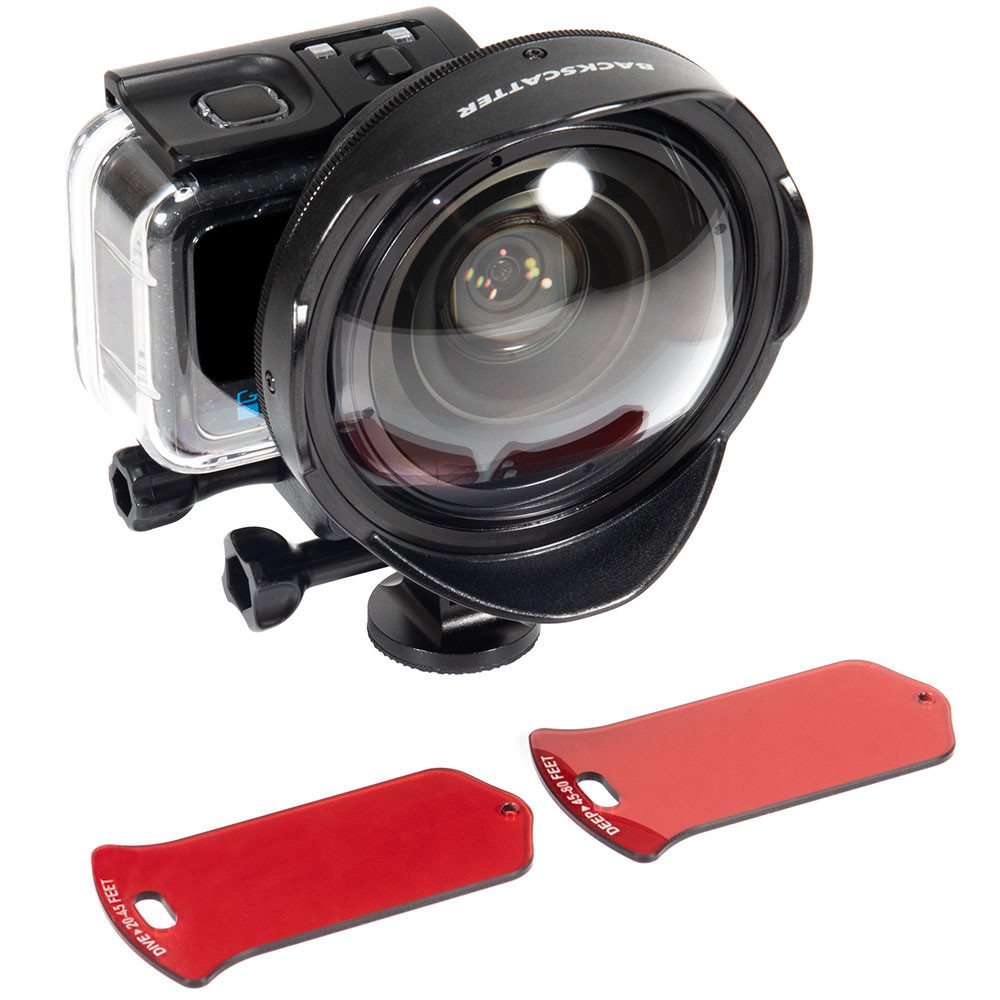 Backscatter Sharp Wide Lens Pro Package for GoPro
Backscatter Sharp Wide Lens Pro Package for GoPro
- Price A$ 419.00
In the Directory



